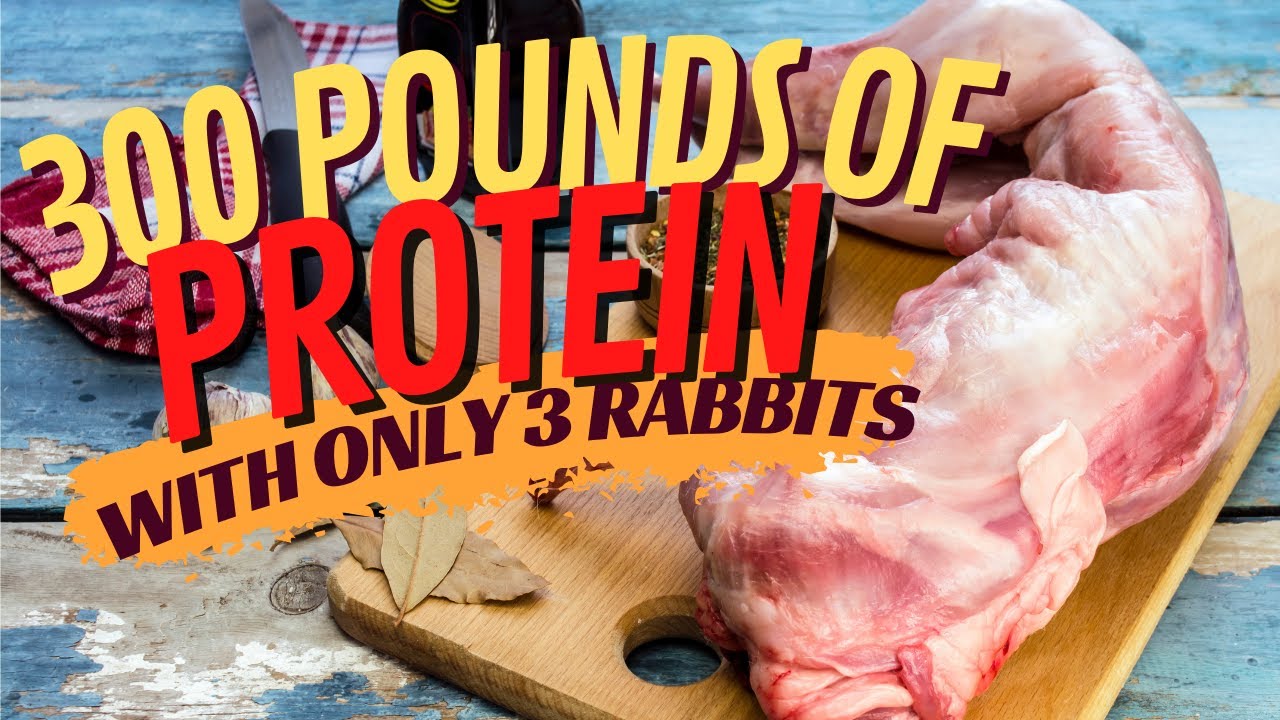Rabbit meat per pound pricing and benefits explained

The Rising Popularity of Rabbit Meat
In recent years, there has been a significant shift in dietary preferences, with more consumers seeking alternative protein sources. One such source that has gained attention is rabbit meat. Known for its lean quality and rich flavor, rabbit provides a unique culinary experience that is both nutritious and versatile. As we delve deeper into the pricing and benefits associated with this delightful meat, it’s essential to understand why more people are incorporating it into their diets.
Understanding the Pricing
When discussing rabbit meat per pound, it’s crucial to take various factors into account. Here’s what you should consider:
- Location: The price often varies by region due to availability. In urban areas, rabbit meat might be more readily available in specialty shops, leading to a slight markup.
- Farm vs. Store: Purchasing directly from a farm can sometimes yield lower prices compared to retail grocery stores, where additional costs for distribution are included.
- Organic vs. Conventional: If you prefer organic rabbit meat, be prepared for a higher cost, as organic farming practices often require more resources.
On average, the price of rabbit meat per pound ranges from $4 to $10, depending on these factors. This competitive pricing presents rabbit meat as an excellent alternative to more traditional meats like beef and chicken.
Health Benefits of Rabbit Meat
Rabbit meat is often hailed as a healthful alternative for those looking to maintain a balanced diet. Its unique nutritional profile contributes to an array of health benefits that consumers should consider.
Low in Fat and High in Protein
One of the most compelling features of rabbit meat is its low-fat content. Comparing rabbit with other red meats, rabbit contains only about 7% fat, making it an appealing choice for health-conscious consumers. Additionally, it’s high in protein, offering approximately 23 grams of protein per 3-ounce serving. This makes it an excellent option for bodybuilders and anyone looking to build muscle.
Rich in Nutrients
Rabbit meat is also rich in essential nutrients, including:
- Vitamin B12: Vital for brain health and the production of red blood cells.
- Iron: Important for transporting oxygen in the blood and preventing anemia.
- Selenium: An antioxidant that helps protect against cell damage.
Versatility in Cooking
Another attractive aspect of rabbit meat is its culinary versatility. It can be prepared in numerous ways:
- Slow Cooking: Rabbit meat becomes incredibly tender when cooked slowly, making it perfect for stews and braises.
- Grilling: Marinated rabbit can be grilled for a smoky flavor.
- Roasting: Whole rabbits can be roasted, bringing out rich flavors.
Such versatility allows for creativity in the kitchen, accommodating various cuisines and cooking styles.
How to Buy and Store Rabbit Meat
Understanding how to buy and store rabbit meat correctly can make a significant difference in your culinary experience. Here are some helpful tips:
Where to Purchase
You can purchase rabbit meat through a variety of outlets, including:
- Local Farmers Markets: Often have fresh and locally sourced options.
- Specialty Butcher Shops: These shops may offer a wider range of cuts.
- Online Retailers: Many farms now sell rabbit meat online, providing delivery options straight to your door.
Choosing The Right Cuts
When purchasing rabbit, you can choose from several cuts, including:
- Whole Rabbit: Ideal for roasting or stewing.
- Rabbit Legs: Excellent for grilling or braising.
- Rabbit Loin: Perfect for quick cooking methods like sautéing.
The way you choose to prepare the rabbit can depend on the cut you select, so it’s essential to plan your dish ahead of time.
Proper Storage Techniques
Storing rabbit meat correctly is crucial for maintaining its quality. Here are some tips:
- Refrigeration: Keep fresh rabbit meat in the fridge at a temperature below 40°F and use it within 1-2 days of purchase.
- Freezing: If you’re not preparing it immediately, rabbit can be frozen for up to six months. Ensure it’s wrapped tightly to prevent freezer burn.
- Thawing: Always thaw rabbit meat in the refrigerator rather than at room temperature to maintain safety.
By following these storage guidelines, you can enjoy the freshness and flavor of rabbit meat long after your purchase.
Culinary Inspirations Using Rabbit Meat
For those eager to incorporate rabbit meat into their culinary repertoire, several delicious recipes can inspire and excite. Here are a few ways to savor this delightful meat:
Classic Rabbit Stew
A hearty rabbit stew is a comforting dish perfect for family gatherings. Ingredients typically include:
- Rabbit meat (cut into pieces)
- Onions and Garlic
- Carrots and Celery
- Fresh herbs (such as rosemary and thyme)
- Broth (chicken or vegetable)
Simmering the ingredients together creates a rich, flavorful dish that warms the heart.
Grilled Rabbit with Garlic and Lemon
For a lighter option, try marinating rabbit in garlic, lemon juice, and olive oil before grilling. This results in a succulent dish with a fresh flavor profile that pairs beautifully with summertime salads.
Rabbit Ragu Over Pasta
If you’re looking for something more sophisticated, a rabbit ragu over homemade pasta can be a show-stopping dish for gatherings. Slow-cook minced rabbit with tomatoes, red wine, and aromatic spices for a deliciously rich sauce served over your favorite pasta.
Rabbit meat per pound offers an undeniable value, not only for its competitive pricing but also for its nutritional benefits and culinary delights. As you experiment with this unique ingredient, you may find it becomes a staple in your cutting board, providing endless opportunities to create memorable meals.






